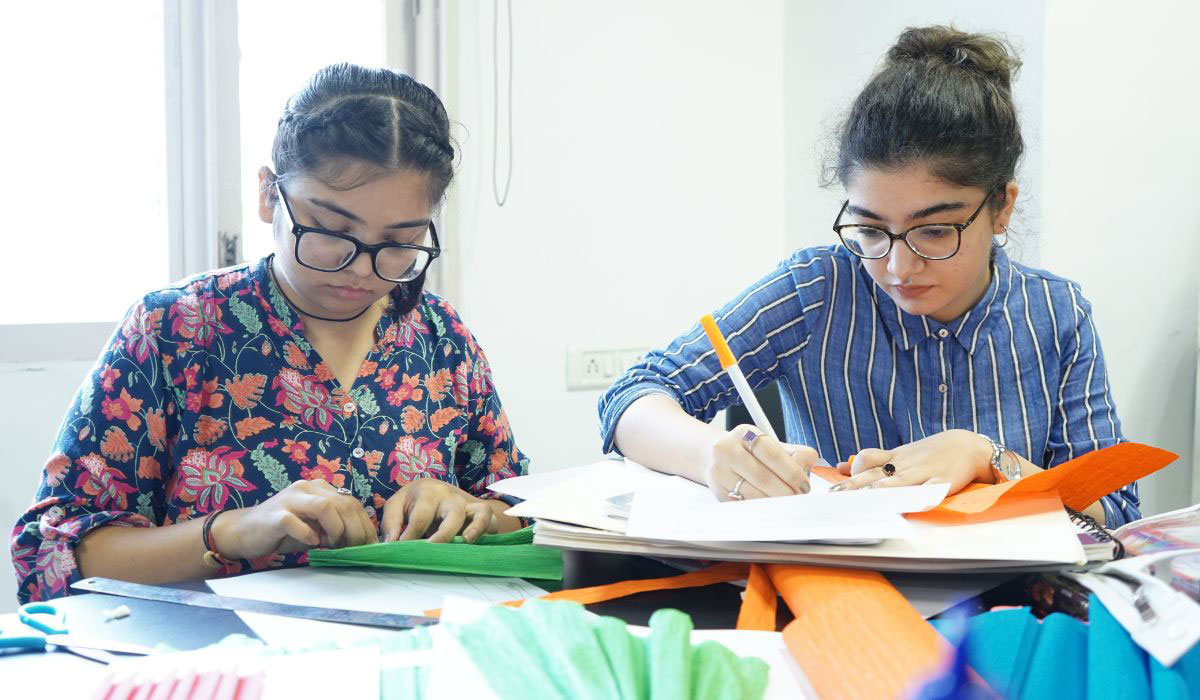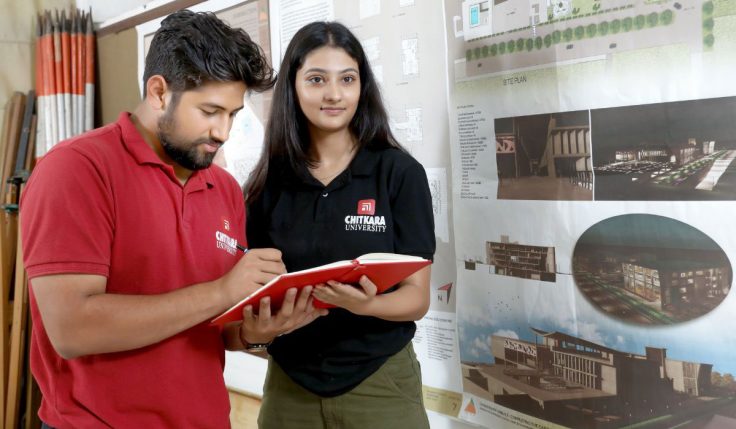Circular design is a wide and holistic approach to creating products and systems that have the ability to reduce waste, pollution, and environmental impact. It ensures that materials and resources are safe and in use for a long while they regenerate into new forms at the end of the life cycle.
When it comes to the fashion industry, circular design can also help in addressing some challenges such as overconsumption, fast fashion, and textile waste. It is sure that the implementation of circular economy principles can decisively push sustainability in the fashion industry.
According to a report, the circular fashion business model has the potential to grow from 3.5% to 23% by the year 2030 while making this growth to be around $700 Billion. This is a figure that shows the growth of circular fashion evidently.
In this blog, we will learn more about circular design innovation in the fashion industry and the best practices that have the potential to benefit our planet and business.
What is Circular Fashion?
Circular fashion is like a system in which clothing is created with a more considered model. The process of producing an item and the end of that item’s life are both equally important. What’s more, the system keeps materials and production in consideration while also focusing on the value of using a product and reusing it for something else.
The fundamental focus of circular fashion is always on ensuring that the long-term factor is kept in place. This is done by keeping the waste and pollution in due consideration. In addition, the circular economy is like a combination of a circular economy with a sustainable and ethical fashion. It is important to note that the growth of sustainable and ethical fashion has been running parallel and has a direct link to circular fashion.
Let’s look at some examples of circular fashion to understand the concept better.
A.BCH is a renowned brand from Australia that has been using renewable, recycled, and organic materials through per-user, user, and post-user phases for the final purpose of creating designer clothing for customers.
The R Collective is another brand that focuses on reusing, repurposing, and recycling luxury fabrics for creating and producing its collection. The brand has come up with a service called Refashioned which is about allowing customers to choose from a 20-piece collection and tailoring it to a perfect size. The model is about embodying slow fashion instead of producing large amounts of clothing and eliminating potential waste.
The Urgency for Change:
The traditional fashion industry operates on a linear model where raw materials are extracted, processed into garments, and eventually discarded as waste. This linear approach has resulted in immense environmental degradation, including excessive water consumption, chemical pollution, and enormous amounts of textile waste.
Circular design innovation aims to disrupt this linear system by introducing a more regenerative and restorative approach. There are best practices being followed for Circular Design in Fashion. Below we will have a look at them one by one.
Best Practices of Circular Fashion For Our Planet and Business:
Defining the Purpose: Before you begin the process of designing, you must define your purpose clearly and the vision you hold for your circular fashion products and services. You should be clear about the problems that you want to solve, who you are designing for, and the values and principles that can guide your work.
You can measure the impact and success by knowing more about all these factors and setting clear goals for the circular design process while aligning them with customers’ needs.
Implementing Circular Design Principles: Circular design principles are rules that can be helpful for designing products and systems that are restorative and regenerative. They can be based on the concepts of circular economy and biomimicry.
Some of the important design principles are designing out waste and pollution, keeping the products and materials in use, using renewable and non-toxic materials, optimizing resource efficiency, durability, etc. These principles allow you to create positive social and environmental value.
Using Design Tools: Circular design tools are methods that can be useful for applying circular design principles in real practice. They can be useful for researching, ideating, prototyping, testing, and evaluating circular fashion solutions.
Some of the common design tools include circular design canvas, design guide, design strategies, material palette, business model canvas, circularity indicators, and life cycle assessment.
Collaborating: Circular design requires a collaborative and systemic approach because it also involves many actors and stakeholders across a value chain. It is important to engage with many customers, suppliers, manufacturers, retailers, recyclers, and partners for co-creating and delivering circular fashion solutions.
Moreover, you also need to learn from different circular design practitioners and experts while joining more networks and platforms that can support circular design innovation and education.
Experimenting and Testing: Circular design is an iterative and experimental method because it involves exploring many new possibilities and learning from failures. You can text your assumptions, and get some feedback and data while also refining the solutions.
You also need to measure and monitor the circular performance so that you can identify areas for improvement and innovation. The point is to be more flexible and adaptable so that you can embrace change as an opportunity for growth.
Creating Stories and Communicating: Circular design is not merely about creating products or systems but it is also about creating stories that can inspire others. You must be able to communicate your purpose, vision, and value proposition for circular fashion so that you can show how they benefit the planet and your customers.
In addition, you should also educate and empower the customers for participating in the circular fashion journey so that you can provide them with information on how to use, care for, repair, return, and recycle.
Summing Up:
In the world of fashion, consumption models have moved towards circularity without any compromise on coolness, aesthetics, or symbolic values. This helps in characterizing the realm of fashion, and technological innovation.
In the future, we will see new businesses and collection planning models spread rapidly. The circular design innovation in fashion is here to stay and develop in the coming time. If you envision yourself making a career in the field of fashion then take the first step to get the best education that allows you to learn more about concepts such as circular design, sustainability, ethical style, etc.
ChitkaraDesign School offers a four Bachelor of Design in Fashion Designing that is designed to help gain the best knowledge of Fashion. Pursue the study program and take the first step to build a successful career in the field of fashion, today.






